At the Library: Mirror Images
Diversity Audit Of Picture Books Seeks To Reflect Who We Are
By Leslie Williams and Judith Berquist
Pauline Robinson Branch Library
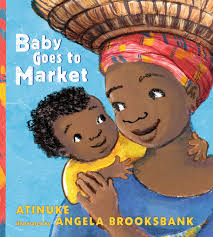 Hey Park Hillians. We have missed you during this closure. One project that several of the staff are working on is the picture book diversity audit.
Hey Park Hillians. We have missed you during this closure. One project that several of the staff are working on is the picture book diversity audit.
To give some context, in 2019 the Park Hill & Pauline Robinson branches combined had 43,362 picture book checkouts from a total of 351,302 checkouts from all the collections. Translated, of all of the materials checked out from both libraries, 12.34 percent were picture books.
Picture books are often the first books that children ages 3 and up are read to by their caregivers and read on their own. They are an integral part of children’s literature to prepare children for getting ready to read.
So, what exactly is the picture book diversity audit? It’s a tool being used to establish a baseline of diversity within the circulating picture book collection. The children’s librarians at the Central Library spearheaded the project, and staff from all over the city are helping with the process.
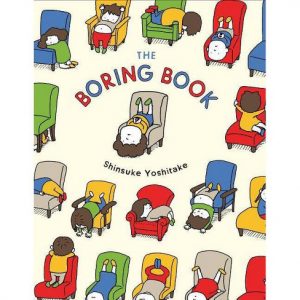 Why are we doing a picture book diversity audit? It will help us inspect our collection to identify gaps and holes. We will be able to use this knowledge as a system to better purchase and promote diverse titles. The DPL has set out to record what kind of picture books we have in the collection, because DPL wants and needs to reflect the types of readers that comprise our Denver communities.
Why are we doing a picture book diversity audit? It will help us inspect our collection to identify gaps and holes. We will be able to use this knowledge as a system to better purchase and promote diverse titles. The DPL has set out to record what kind of picture books we have in the collection, because DPL wants and needs to reflect the types of readers that comprise our Denver communities.
What’s being audited? All picture books (call number jE) with three-plus copies in DPL’s collection (11,000-plus items). The audit has a survey that records what the reader can assume or not assume about the characters in the book.
The overall survey asks if the reader can identify (or not apparent)
• The race of the characters
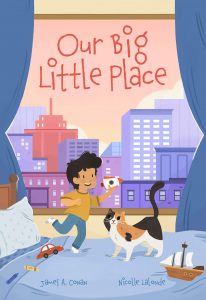 • The gender of the characters
• The gender of the characters
• If the character identifies their own gender identity
• If they have physical disabilities
• If they have mental health issues, or disabilities
• What kind of family arrangements the characters have. (i.e. a single parent.)
• What is the household environment ( a house, apartment or homeless)
• Whether they live in a rural, urban or suburban environment
Fascinating isn’t it? Here are some testimonials from staff members at Park Hill and Pauline Robinson about their experiences working on the picture book diversity audit:
From Judith
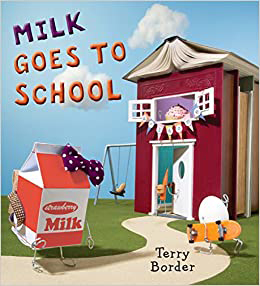 I think that this survey has pushed the limits of my own prejudice or assumptions. Just because the two characters are a single child and a single adult, do I know what the household configuration is, or is not? When we read as children our ideas of the world are reinforced or at the very least not challenged. So if the child is of a minority or lives in a household without enough food, can they identify with the characters in the picture books?
I think that this survey has pushed the limits of my own prejudice or assumptions. Just because the two characters are a single child and a single adult, do I know what the household configuration is, or is not? When we read as children our ideas of the world are reinforced or at the very least not challenged. So if the child is of a minority or lives in a household without enough food, can they identify with the characters in the picture books?
I have found through the few books I have audited how many books are not very diverse, especially for minorities. However, having said that, I do think that picture books are often more about how a child interacts with the physical world and not trying to identify their gender or whether they are in a single parent home. They are learning how to be a sibling, or how they should treat their friends. The picture books often have characters that are anthropomorphic and in that way the hope is that the child sees diversity because not all characters look alike. Such as a duck, a sheep, and a cow might be different but are all friends.
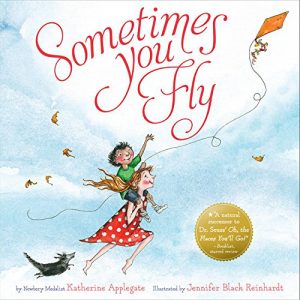 I think the harder aspect of the survey is that sometimes the illustrator has made assumptive illustrations. Children learn through images as well as words. Picture books are used to learn to read but at the same time they are learning how their adults view the world around them.
I think the harder aspect of the survey is that sometimes the illustrator has made assumptive illustrations. Children learn through images as well as words. Picture books are used to learn to read but at the same time they are learning how their adults view the world around them.
It has been an interesting challenge for me to recognise my own assumptions. The following are two examples of auditors’ questions, that for me illustrate our assumptions and issues and concerns.
Q: The characters in a book have pale/light skin. Should I record their race as “European”?
A: Unless the story is specific about them being from/living in Europe or having European heritage, please use “Race not stated or apparent” instead.
Q: What if a human character’s gender is identified in reviews and/or the book jacket, but is not actually identified in the text of the book? For example, the character is referred to as a “little girl” in book reviews and the book description, but not actually identified in the text of the book.
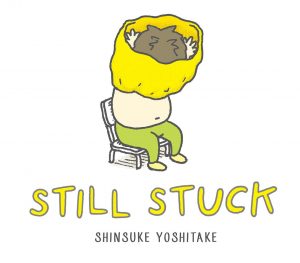 A: Use the gender only if identified in the text. Often reviewers and jacket flap writers will make assumptions based on clothes and appearance. If you don’t have the text in front of you, do your best to make an informed decision. If you feel fairly certain, go ahead and audit the book. If you’re unsure, take your name off the title. There may be someone else who remembers the book well or has access to a print copy.
A: Use the gender only if identified in the text. Often reviewers and jacket flap writers will make assumptions based on clothes and appearance. If you don’t have the text in front of you, do your best to make an informed decision. If you feel fairly certain, go ahead and audit the book. If you’re unsure, take your name off the title. There may be someone else who remembers the book well or has access to a print copy.
From Marco
I’ve been doing the diversity audit of picture books for the past month or so. It’s been an interesting experience during the lockdown. Several titles are actually read aloud by people on YouTube and I’ve audited several titles in this manner. My son and I have added this viewing to our normal “reading” time.
I came across a few fun titles on my own written by a Japanese author named Shinsuke Yoshitake that I later shared with my son. One called Still Stuck is about a boy that has trouble taking off his shirt, just like my son. He imagines what life would be like if we lived his life “still stuck.” Another called The Boring Book is simply about a boy that is bored. The boy philosophizes on the nature of boredom and comes to the realization that thinking about that state of boredom is, in fact, not boring.
Although my son and I have enjoyed several titles, in doing the diversity audit of picture books, I noticed that the main characters in most books are a Caucasian boys. So we still need some work in diversifying titles, although the newer books tend to be better in this respect..
From Shannon
One book that I absolutely loved is Our Big Little Place. It’s about a little boy who lives in a small apartment with his family. His parents worry that their home is too small, but the boy’s imagination makes up for the tight spaces. It really hit home for me right now.
From Dawn
After participating in the diversity audit, Dawn recommends the book Baby Goes to Market by Atinuke, and Dawn is looking forward to using this title for a toddler storytime. This book is an “own voices” book about everyday life in modern Africa. Own voices books are books about diverse characters written by authors from that same diverse group. Atinuke was born and spent her early years in Nigeria. She has also written the popular Anna Hibiscus chapter books (now also picture books) and The No.1 Car Spotter series. Use Atinuke’s books to explore another part of the world.
The audit was an eye-opening experience for all involved, and we hope that you like the books you see in our collections over time. We look forward to a return to library hours soon, and seeing you in person.
